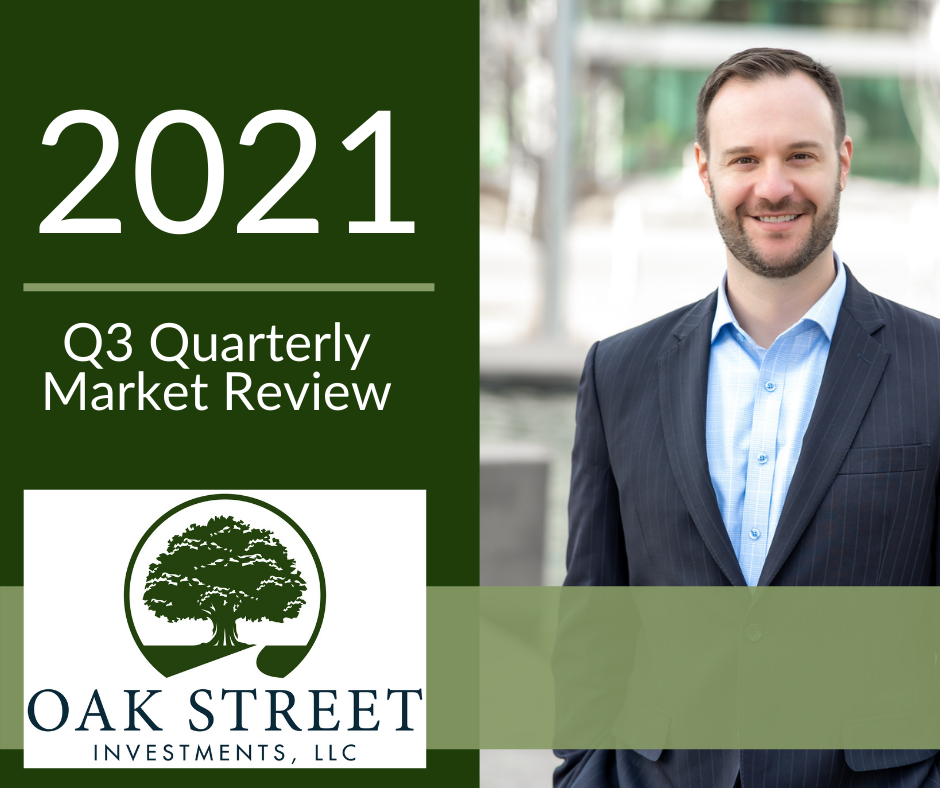
Dealing With Fluctuating Markets: Q3 2021 Quarterly Market Review
Whether you’re a long-time investor or you’re new to the market, fluctuations – and losses – can feel jarring. In fact, we know from research that losses are significantly more painful than gains of a similar size are rewarding. Yet successful investors continue to invest because they know that over long periods of time, investing produces better results than not investing.
However, markets DO fluctuate – not just in the small daily gyrations, but over longer periods of months or even years. That means that although there’s a bias toward the upside – very small on a daily basis – that bias toward positive returns gets stronger over longer periods.
Why is this important?
Because there will be negative returning months (as we had in September) and even quarters. Occasionally (roughly 25% of the time) there may be years where a portfolio loses money over a one-year period.
That’s right; investing requires taking risks and it is possible these risks lead to losses. Whether they’re paper or real losses is often a function of the time period over which you’re invested. Though it’s been some time, investors committed to long-term returns of equity markets should expect (and even brace themselves for) annual fluctuations and, though rare (about 5%), 10-year periods of flat or negative returns.
I mention this because although I’m not an economist and I tend to believe that most markets are nearly efficient, we’ve grown accustomed to double-digit positive returns in all but three years since the great recession! I believe the markets provide (almost) all the information available at any given moment, and as such, can be used as a good indicator for what we can expect in the form of future returns.
For example, if the previous 10 years (or 15 as it were) were stellar, one can expect the subsequent rolling 10-year period to be less so. When you invest at relatively high valuations and more importantly, after a long period of double-digit returns (think 1999), your expected returns for the subsequent period should be lower than when you invest after a period of low returns (think 2000).
Unfortunately for investors, we don’t know when that’s going to start and/or how long this may occur, so the best strategy is to not try and time the market and to invest for the long run. If you can’t invest for the long run, consider a bucket strategy for some of your “long-term” money, and lower risk investments for money that may be needed over the next few years.
Remember, investing isn’t supposed to be thrilling. As Paul Samuelson once said, “Investing should be more like watching paint dry or watching grass grow.” While it could be tempting to check your accounts every day, it’s probably best to check in less regularly, especially if you’re years away from retirement. And – not to plug myself shamelessly – it’s even better to monitor your accounts with the assistance of a trusted advisor who has evaluated your risk tolerance.
